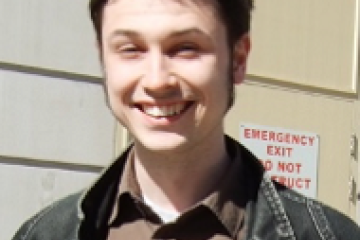Fellowship
The establishment of left-right asymmetry in mammalian development

At a glance
Completed
Award date
April 2017 - February 2021
Grant amount
£215,335
Principal investigator
Dr David Turner
Institute
University of Liverpool
R
- Replacement
Read the abstract
View the grant profile on GtR
